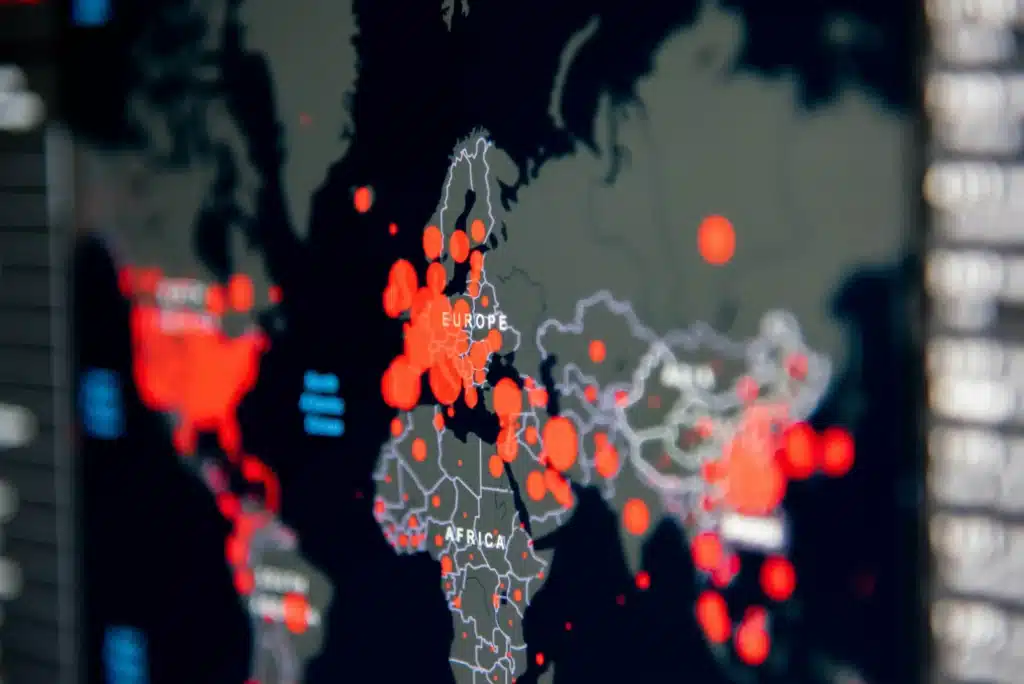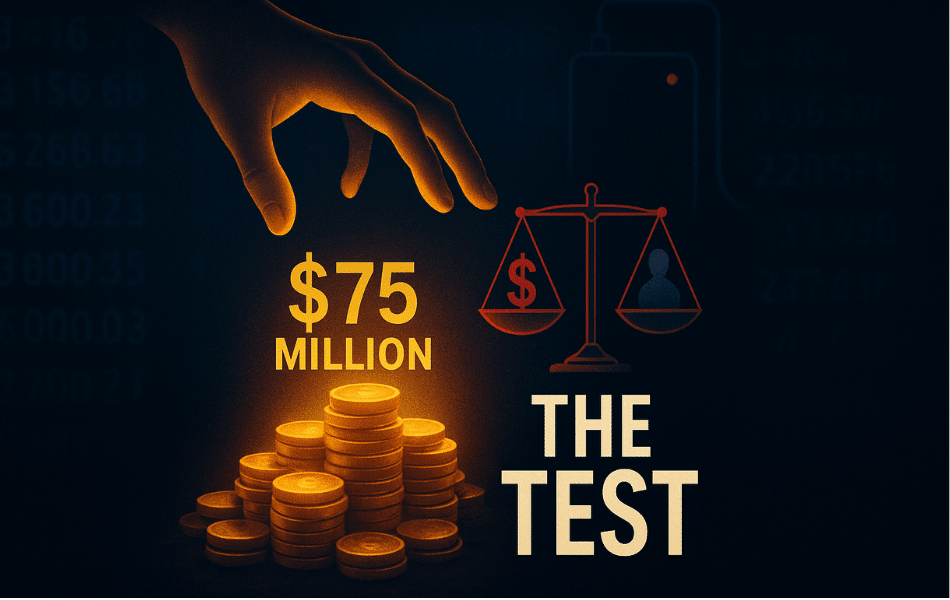The digital leash tightens another notch. We’re all slaves to the battery indicator now, watching it drain like sand through an hourglass, marking the inevitable march toward technological impotence. Enter the shared power bank—yet another subscription to add to your monthly hemorrhage of cash, another system designed to monetize your desperation.
世界的な充電中毒
Let’s cut the bullshit. We’ve become a species that breaks into cold sweats at 15% battery. The shared power bank industry didn’t create this anxiety—they just found a way to profit from it. Like vultures circling dying prey, these companies have positioned themselves at the intersection of our collective neurosis and technological dependence.
In Shanghai, you can’t walk ten feet without tripping over a power bank station. In New York, you’re lucky if you find one before your phone dies. This isn’t coincidence—it’s strategy, infrastructure, and cultural acceptance all wrapped into an unholy trinity of supply and demand.
アーバン・グリッド駅の密度がデジタルの生き残りを決める
The numbers tell a story, and it’s not a particularly flattering one for Western cities. Shanghai boasts approximately 38.5 power bank stations per square kilometer in central business districts. Tokyo follows with 29.3. London limps in with 8.7, while New York manages a pathetic 6.2.
Why such disparity? It’s not just about population density—it’s about how deeply we’ve surrendered to the tyranny of constant connectivity.

絶望の数学
潜在的なユーザー別に数字を分解すると、その様相はさらに鮮明になる:
| 都市 | 人口1万人当たりの駅数 | 平均駅間距離(メートル) | 平均レンタル価格(米ドル) |
| 上海 | 24.7 | 160 | $1.20/時間 |
| 東京 | 19.3 | 185 | $2.50/時間 |
| ロンドン | 5.2 | 340 | $3.75/時間 |
| ニューヨーク | 4.1 | 400 | $4.25/時間 |
The correlation between density and price should surprise exactly no one. Basic economics: scarcity drives cost. But there’s something more insidious at work here—the monetization of what should be basic infrastructure.
文化的受容と西洋の抵抗
東欧市場は、溺れかけた人が救命胴衣をつかむような熱意で共有パワーバンクを受け入れた。欧米市場では、空港で不審な小包を手にするような熱狂的な歓迎ぶりだった。
中国では、パワーバンク・ステーションは2017年頃にクリティカル・マスを達成した。2021年までに、都市部のスマートフォンユーザーの65%以上が、少なくとも月に1回は共用のパワーバンクを利用している。米国では、この数字は12%前後で推移している。ヨーロッパでは17%と若干マシだが、その差はグランドキャニオン級だ。
The reasons aren’t mysterious:
- アジア市場への早期インフラ投資
- より高い都市密度が安定した需要を生み出す
- 低価格戦略で普及を促進
- シェアード・エコノミーのコンセプトに対する文化的な安心感
(画像の説明:上海とニューヨークの典型的な都市環境を示す街並みの比較。)
ビジネスモデル電子的不安から現金を引き出す
The shared power bank industry isn’t complicated. It’s brilliant in its simplicity—a blend of psychological manipulation and practical utility that’s harder to resist than free cocaine.
参入コストと長期的収益
パワーバンク・ステーションの設置には、容量や機能にもよるが、およそ$500~1,200の費用がかかる。個々のパワーバンクの製造コストは$15-30である。長期的なリターンを計算すると、その計算は途方もないものになる:
A single power bank can generate $5-15 in rental fees per day in high-traffic areas. That’s a potential return of investment in under a week per unit. Multiply by hundreds or thousands of units, and you’re looking at profit margins that would make a pharmaceutical executive blush.
価格心理学
The rental systems operate on the same principle as the hotel minibar—you know you’re being gouged, but desperation trumps financial wisdom every time. When your battery is at 2% and you’re expecting an important call, you’ll pay almost anything for a charge.
The industry knows this. They’re banking on it, literally.
マーケットリーダーとその支配戦略
市場は急速に統合され、少数の主要プレーヤーが積極的な拡大を通じて優位性を確立している:
- エナジーモンスター(中国):国内シェア40%、海外でも拡大中
- チャージスポット(日本):日本シェア35%、韓国シェア20%
- ジュースアップ(EU):30%の市場シェアで欧州をリードするプロバイダー
- パワーナウ:25%の米国市場シェアで苦戦するパイオニア。
These companies aren’t competing on innovation—the technology is embarrassingly simple. They’re competing on station density, placement strategy, and seamless app experiences.
都市ごとの分析都市のパワーゲーム
各都市は、それぞれの地域の規制の枠組み、消費者の行動、都市計画の優先順位を反映し、共有型パワーバンクを中心に異なるエコシステムを発展させてきた。
上海飽和モデル
上海は、パワーバンクの密度を論理的に極限まで高めている。ほぼすべての場所にステーションがある:
- レストランとカフェ
- 地下鉄駅(平均4駅)
- ショッピングモール(1施設平均12件)
- エンターテイメント会場
- 公共公園
The saturation has driven prices down while paradoxically increasing usage rates. It’s the digital equivalent of water fountains—ubiquitous to the point of being expected infrastructure.
規制サポート
中国政府は、電力銀行の拡大を積極的に支援した:
- 許可プロセスの簡素化
- 公共交通の拠点にある駅への補助金
- 安全のための技術基準の実施
- 大企業に有利なデータ共有要件
東京効率モデル
Tokyo’s approach emphasizes strategic placement over raw numbers:
- 交通の要衝に集中
- 既存のコンビニエンスストア・ネットワークとの統合
- プロバイダー間で標準化されたバッテリー仕様
- プレミアム価格の大容量ユニット
The result is a system that feels less omnipresent than Shanghai’s but offers higher reliability and faster charging options.
ロンドンプレミアム・アプローチ
London’s power bank landscape reflects its general approach to public services—spotty coverage with premium pricing:
- 金融街に集中
- 観光地での存在感
- 郊外は限定的
- 公共スペースではなく、パブやレストラン・チェーンとの統合
その結果、ビジネスユーザーや観光客にサービスを提供する一方で、地元の日常的なニーズはほとんど無視されたシステムになってしまった。
ニューヨークザ・ラガード
New York’s power bank network is the digital equivalent of its subway system—aging, inadequate, and seemingly allergic to systematic planning:
- マンハッタンに集中し、外側の地区にはほとんどない
- 相互運用性のないシステムで、競合する複数のサービス間で分断されている。
- 恨みを最大限に買うような価格設定
- メンテナンスと稼働率の悪さ
未来:密度の予測と市場の進化
The trajectory is clear—we’re moving toward power bank ubiquity, whether we like it or not. Market projections suggest:
- 米国市場は2028年までに現在のアジア密度に達する
- 欧州の採用はミドルパス・アプローチを継続
- 競争激化で価格は世界的に安定化
- 他のサービス(ライドシェア、フードデリバリー)との統合が標準になるだろう。
避けられない統合
現在の細分化された市場は維持できない。期待したい:
- 2027年までに3~5社のグローバル企業が台頭
- 地域のスペシャリストの獲得、あるいは疎外
- プラットフォーム間の技術の標準化
- サブスクリプション・モデルは、頻繁に利用するユーザー向けの使用ごとの価格設定に取って代わる。
結論デジタル依存には代償が伴う
Let’s not pretend this industry is anything but a symptom of our collective digital addiction. We’ve created a world where battery anxiety is a legitimate psychological condition, and now we’re paying monthly fees to alleviate it.
The density of power bank stations in your city isn’t just an urban planning statistic—it’s a measure of how thoroughly technology has colonized daily life. Shanghai’s saturation points to a future where constant connectivity isn’t just expected but structurally enforced.
Next time you desperately search for a charging station, remember: your panic is someone else’s profit margin. And based on the numbers, business is booming.






